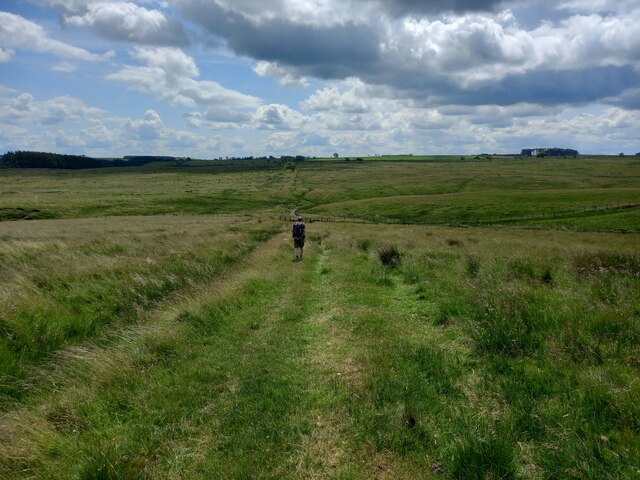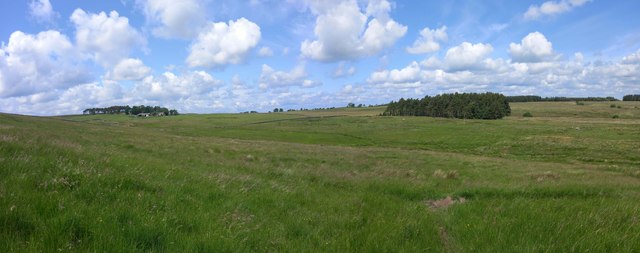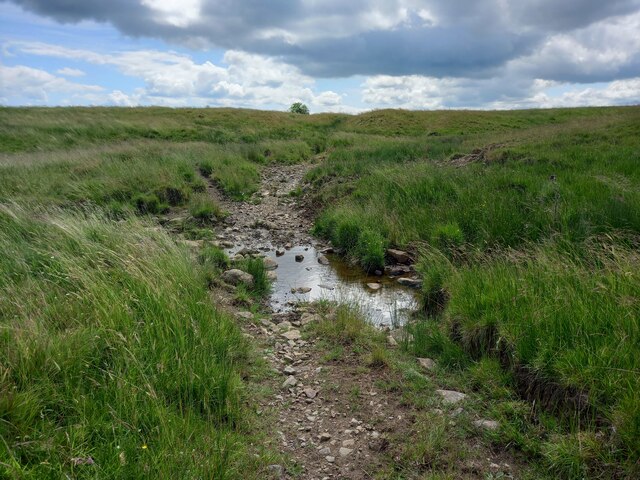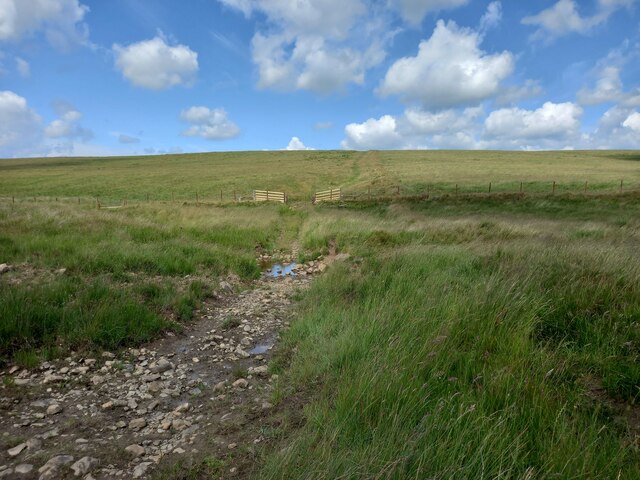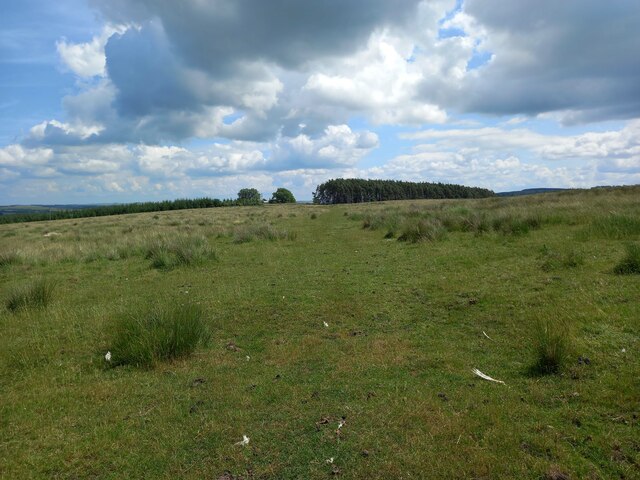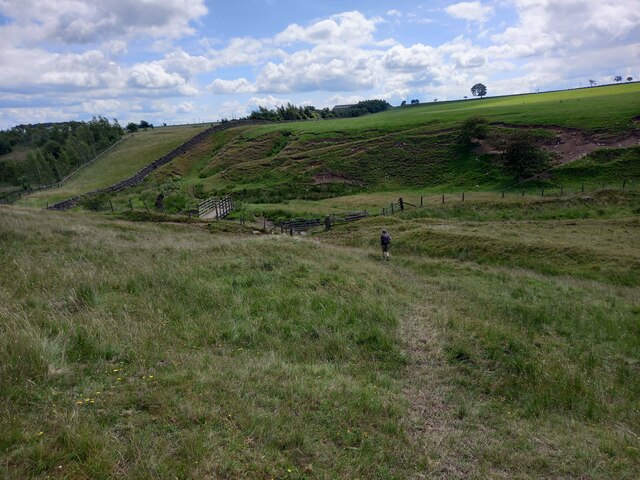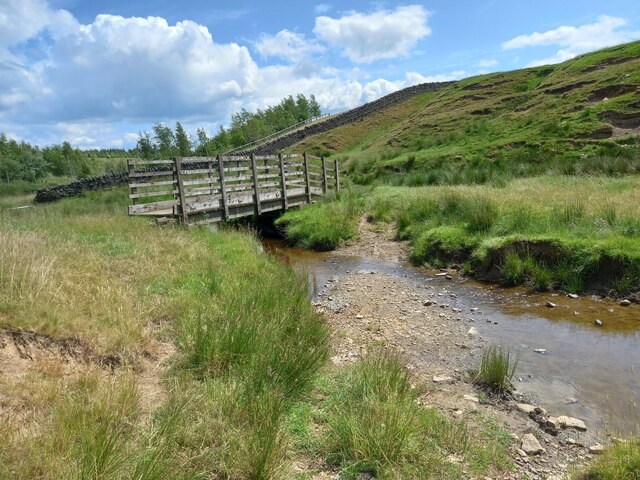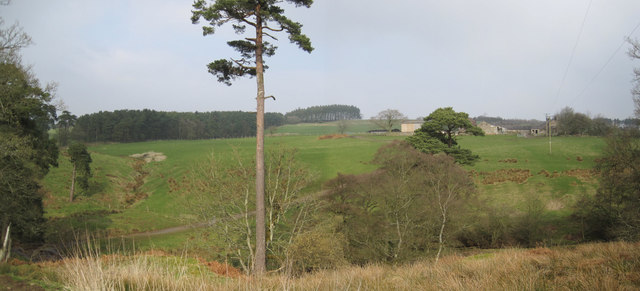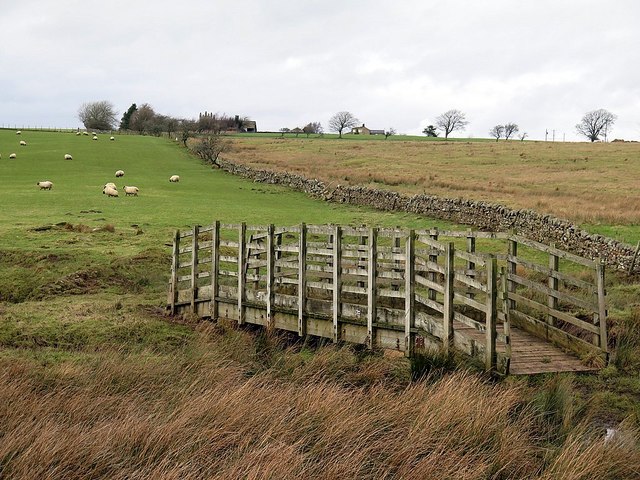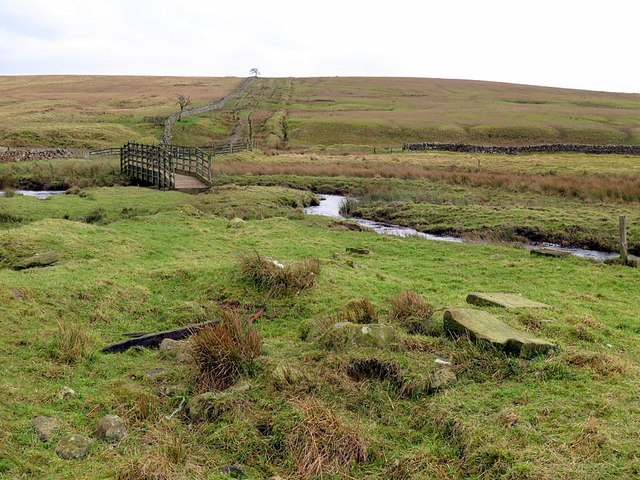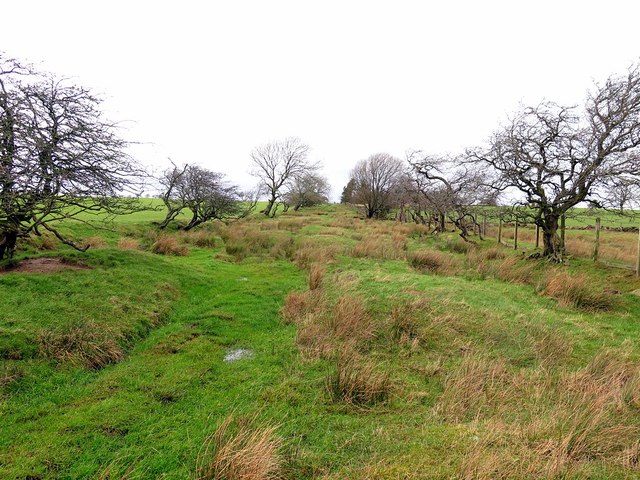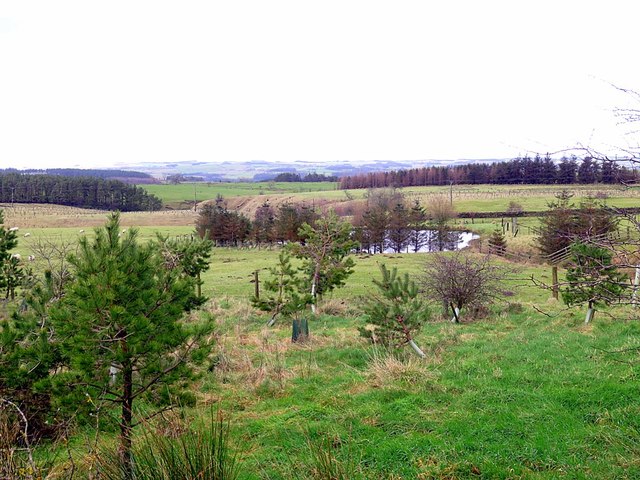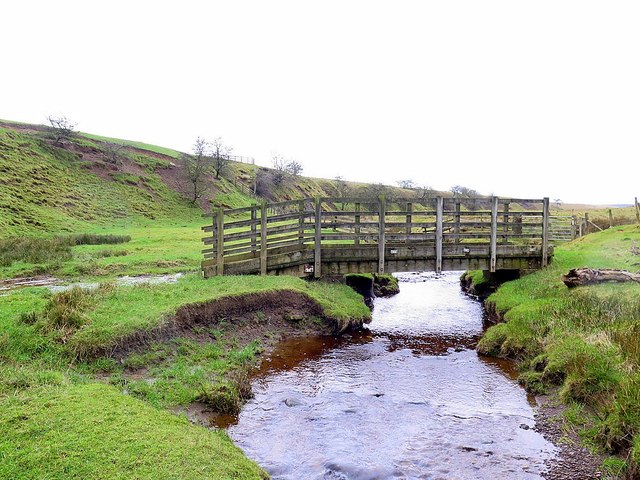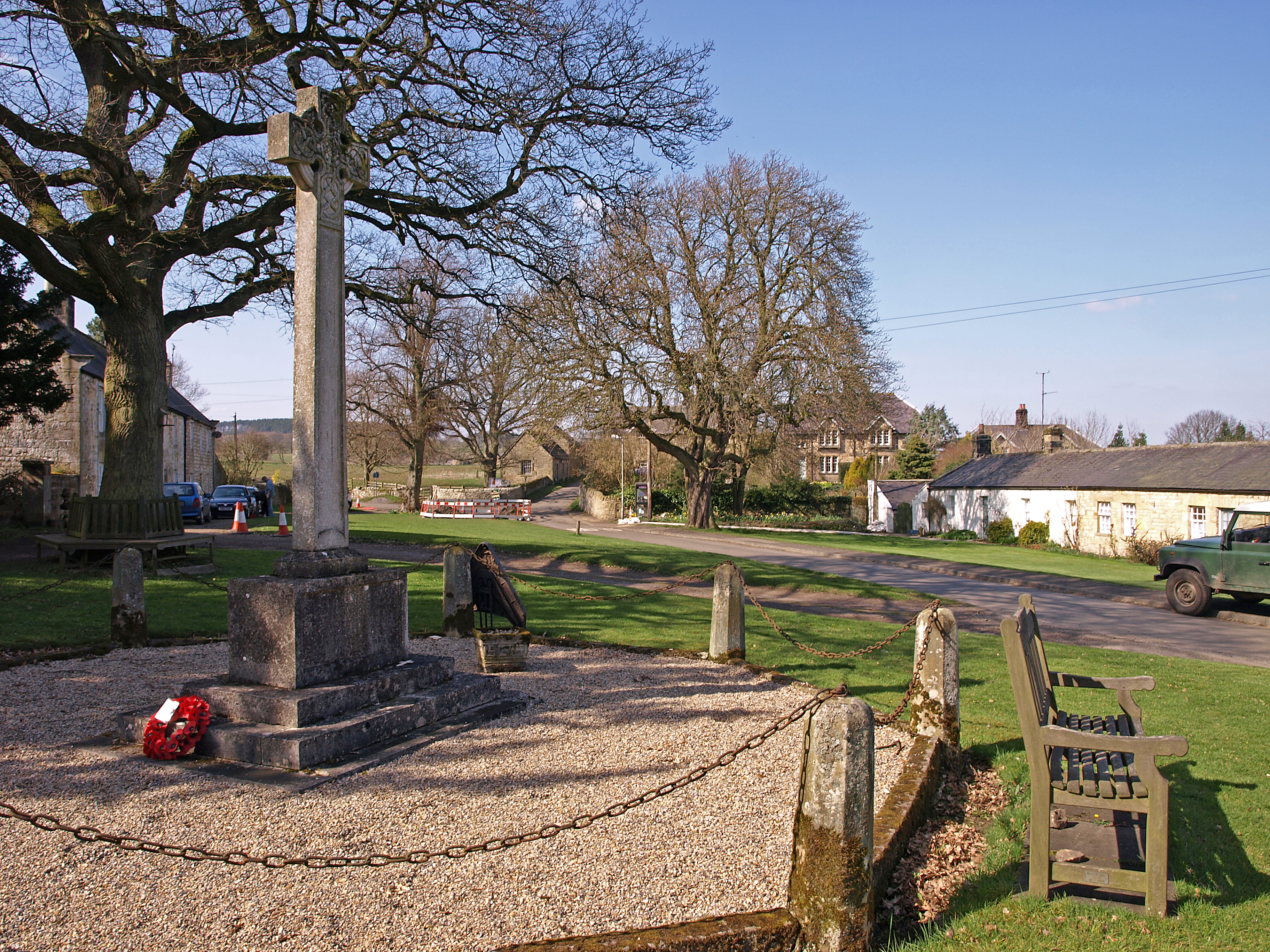Hill Rigg Wood
Wood, Forest in Northumberland
England
Hill Rigg Wood
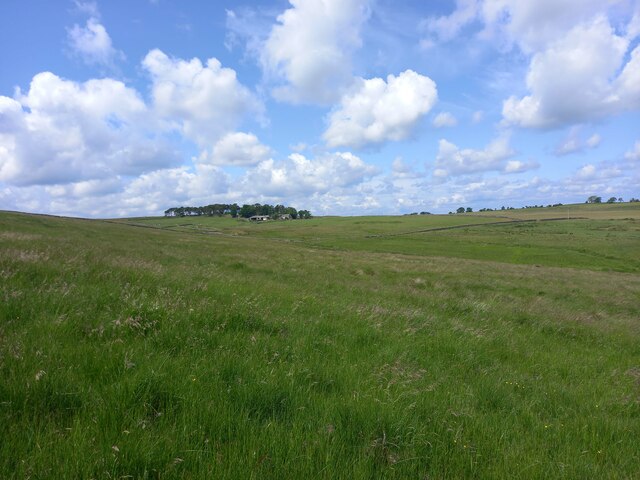
Hill Rigg Wood is a captivating woodland located in Northumberland, England. Stretching across an area of approximately 200 acres, this enchanting forest is nestled within the picturesque landscape of the North Pennines. Hill Rigg Wood is renowned for its diverse and thriving ecosystem, boasting a rich variety of flora and fauna.
The woodland consists primarily of native tree species, including oak, ash, birch, and rowan. These majestic trees create a dense canopy overhead, forming a cool and shaded environment. Beneath the towering trees, a lush understory of ferns, mosses, and wildflowers flourishes, adding vibrant colors to the woodland floor.
Hill Rigg Wood is home to a plethora of wildlife, making it a haven for nature enthusiasts and wildlife photographers. Visitors may be lucky enough to spot red squirrels darting between the branches, or catch a glimpse of elusive woodland birds such as woodpeckers and owls. The forest is also inhabited by deer, badgers, and various small mammals, adding to the diversity of the ecosystem.
The wood is crisscrossed with a network of well-maintained walking trails, allowing visitors to explore its beauty at their own pace. These trails wind through the forest, offering glimpses of stunning panoramic views of the surrounding countryside. The tranquil atmosphere of Hill Rigg Wood makes it an ideal destination for those seeking solace and respite from the bustling city life.
Managed by local conservation organizations, Hill Rigg Wood is a cherished natural treasure, providing a serene sanctuary for both wildlife and humans alike. Its unspoiled beauty and abundant wildlife make it a must-visit destination for nature lovers and outdoor enthusiasts.
If you have any feedback on the listing, please let us know in the comments section below.
Hill Rigg Wood Images
Images are sourced within 2km of 55.061536/-2.2315567 or Grid Reference NY8574. Thanks to Geograph Open Source API. All images are credited.
![Slaterfield Fell & Kirkshield at road end "Outside the south wall of the churchyard [Simonburn] a farm road leads up westward to the fell top. After passing three lonely farms it comes to the quaint house named Kirkshield with its crocketed pinnacles, built as a shooting lodge by a seventeenth century rector. Just past the house the road comes to an end, being crossed by an ancient drove-road. This comes down from the north, its wide grass-track leading southwards towards the Roman Wall and beyond. One wonders how often it has seen stolen lowland cattle being driven northwards in the old days of the moss-troopers."
The Great Parish of Simonburn from Hadrian's Wall to Carter Bar: An Historical Guide by Cecil Dickson Ward Davis (1972).](https://s0.geograph.org.uk/geophotos/04/81/71/4817160_0b98337b.jpg)
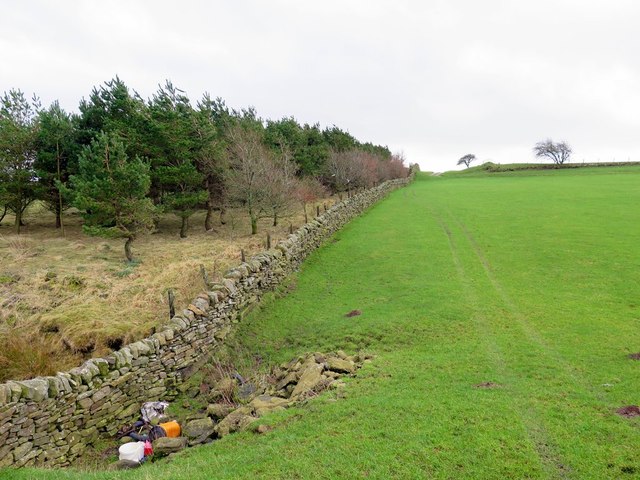
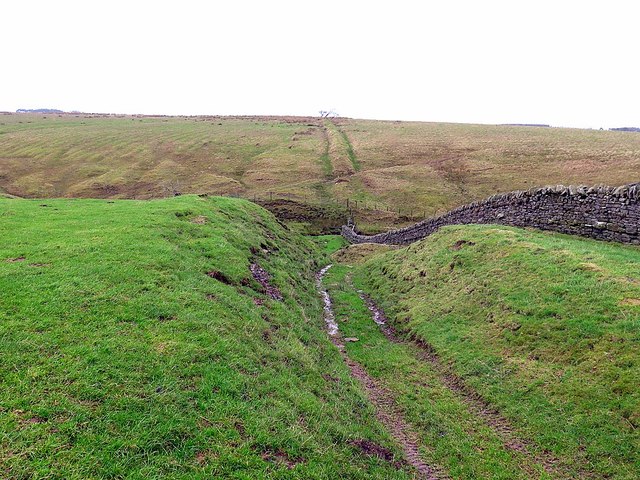
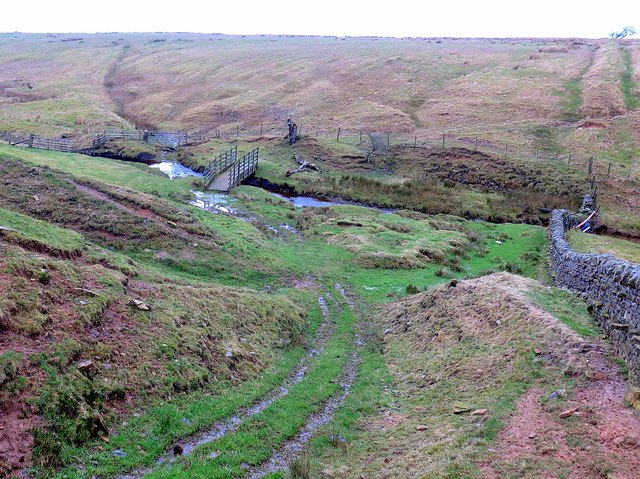
Hill Rigg Wood is located at Grid Ref: NY8574 (Lat: 55.061536, Lng: -2.2315567)
Unitary Authority: Northumberland
Police Authority: Northumbria
What 3 Words
///launcher.pool.fillers. Near Birtley, Northumberland
Nearby Locations
Related Wikis
Greenhaugh
Greenhaugh is a small village in Northumberland, England. It is located northwest of Bellingham and borders the Northumberland National Park. It is in...
Simonburn
Simonburn is a small human settlement in Northumberland, England. == Early history == Simonburn lies to the north of Hadrian's Wall, the most noted Roman...
The Goatstones
The Goatstones is a Bronze-Age four-poster stone circle located near Ravensheugh Crags in Northumberland, England. It is 2.5 miles (4.0 km) to the north...
Nunwick Hall
Nunwick Hall is a privately owned 18th-century country house near Simonburn, Northumberland in North East England. The estate has been the home of the...
Nearby Amenities
Located within 500m of 55.061536,-2.2315567Have you been to Hill Rigg Wood?
Leave your review of Hill Rigg Wood below (or comments, questions and feedback).
